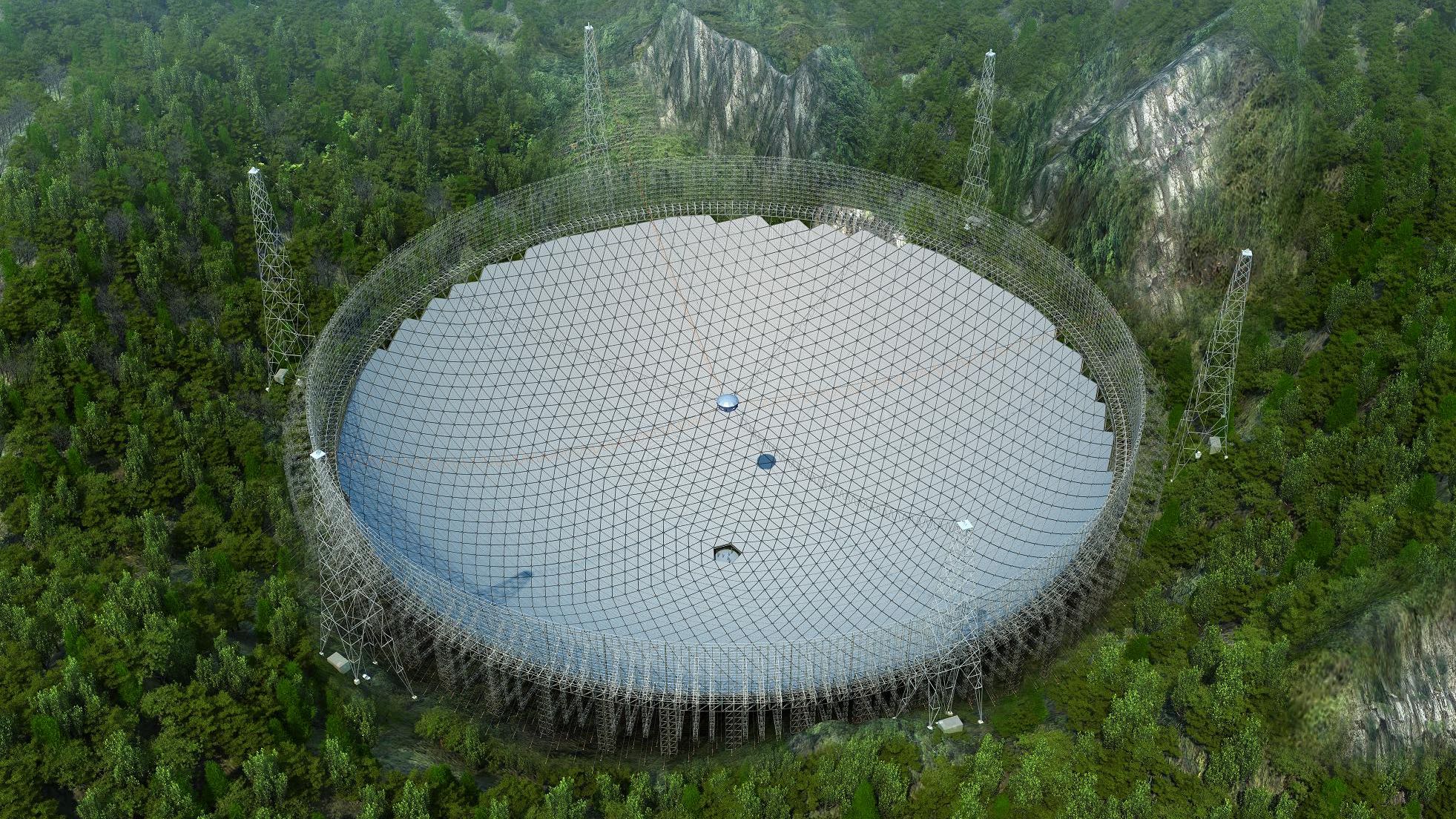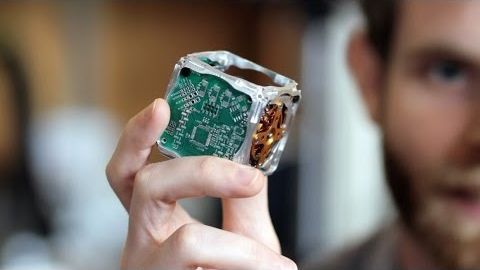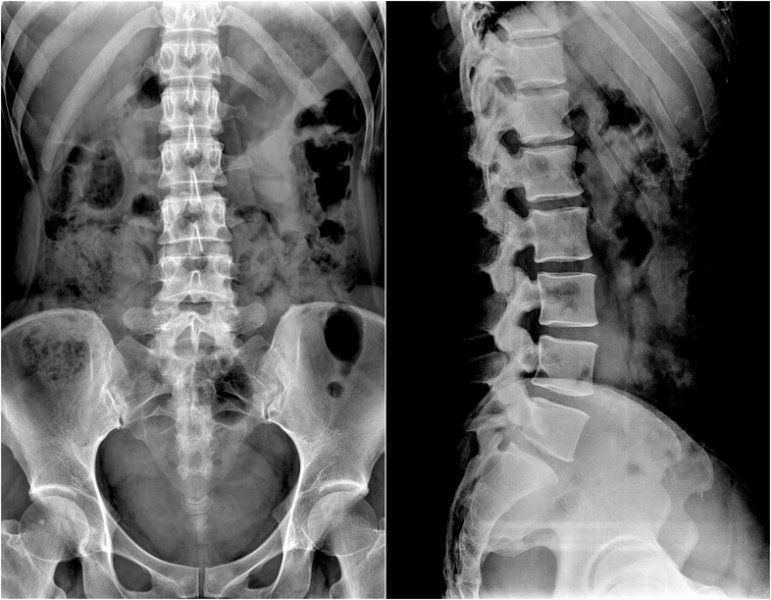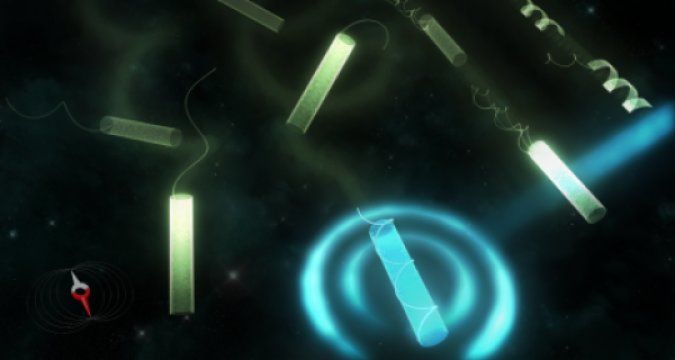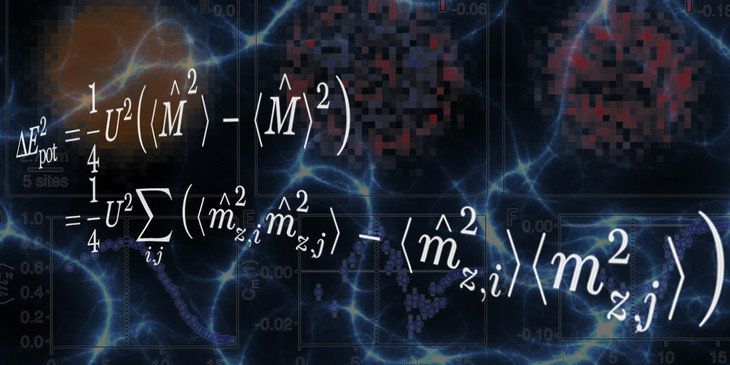Sep 26, 2016
Google’s ‘worst’ self-driving accident was still a human’s fault
Posted by Shane Hinshaw in categories: robotics/AI, transportation
Google said that one of its self-driving cars was involved in an accident in Mountain View, California last week. The accident was first reported Friday by 9to5 Google, which characterized the incident as Google’s “worst accident yet.”
In a statement, Google insisted its driverless car was not at fault. A crash report with the DMV has yet to be posted, so all the details have yet to be confirmed.
According to the Google, the accident occurred when a vehicle heading west on El Camino Real in Mountain View ran a red light and collided with the right side of a Google self-driving vehicle that was traveling northbound on Phyllis Ave. “Our light was green for at least six seconds before our car entered the intersection,” a spokesperson said.
Continue reading “Google’s ‘worst’ self-driving accident was still a human’s fault” »


